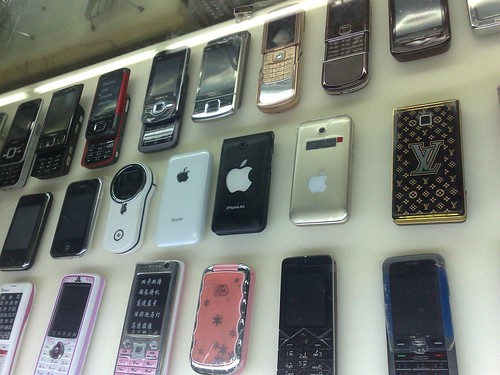This is a series of posts on the Art of Marketing conference. This one is based on Max Lenderman's session.
There have been a lot of companies that have thought big to reach a wider audience. For instance, Burger King went out of the box by releasing Fire Meets Desire Burger King cologne. Not only did the cologne sell out, the marketing reached a lot more people than just regular Burger King customers.

They also partnered with Microsoft to create $3.99 XBOX games that they sold at regular BK restaurants. They sold out all that were made and kids and adults played games featuring the goofy looking King mascot at home.
Burger King went big to invest in their brand and generated acceptance into people's consciousness (i.e. I used to hate the King, but after watching the cologne add and being exposed to the quirky mascot more, I'm not so much hating anymore). What are you doing to think big?
What my team needs to do:
This is a more difficult issue to apply for non-profits as expanding the core audience is tricky when the organization doesn't want to confuse what message they are sending. However, big thinking can tap into the emotional side of people to identify a need (this idea comes from Switch, by Chip and Dan Heath of which I will blog more extensively on soon) and draw them in.
- Partner with a humanitarian partner, to appeal to the emotional side of people who agree that the oppressed need to be defended and to bring justice to those who are exploiting the poor. Launch a campaign that will couple the message of Jesus with human freedom.
- Re-think how we promote our brand. Currently, we barely creep above the threshold of awareness with our audience. What can we do that keeps up there on par with more prominent organizations that reach our same audience?

